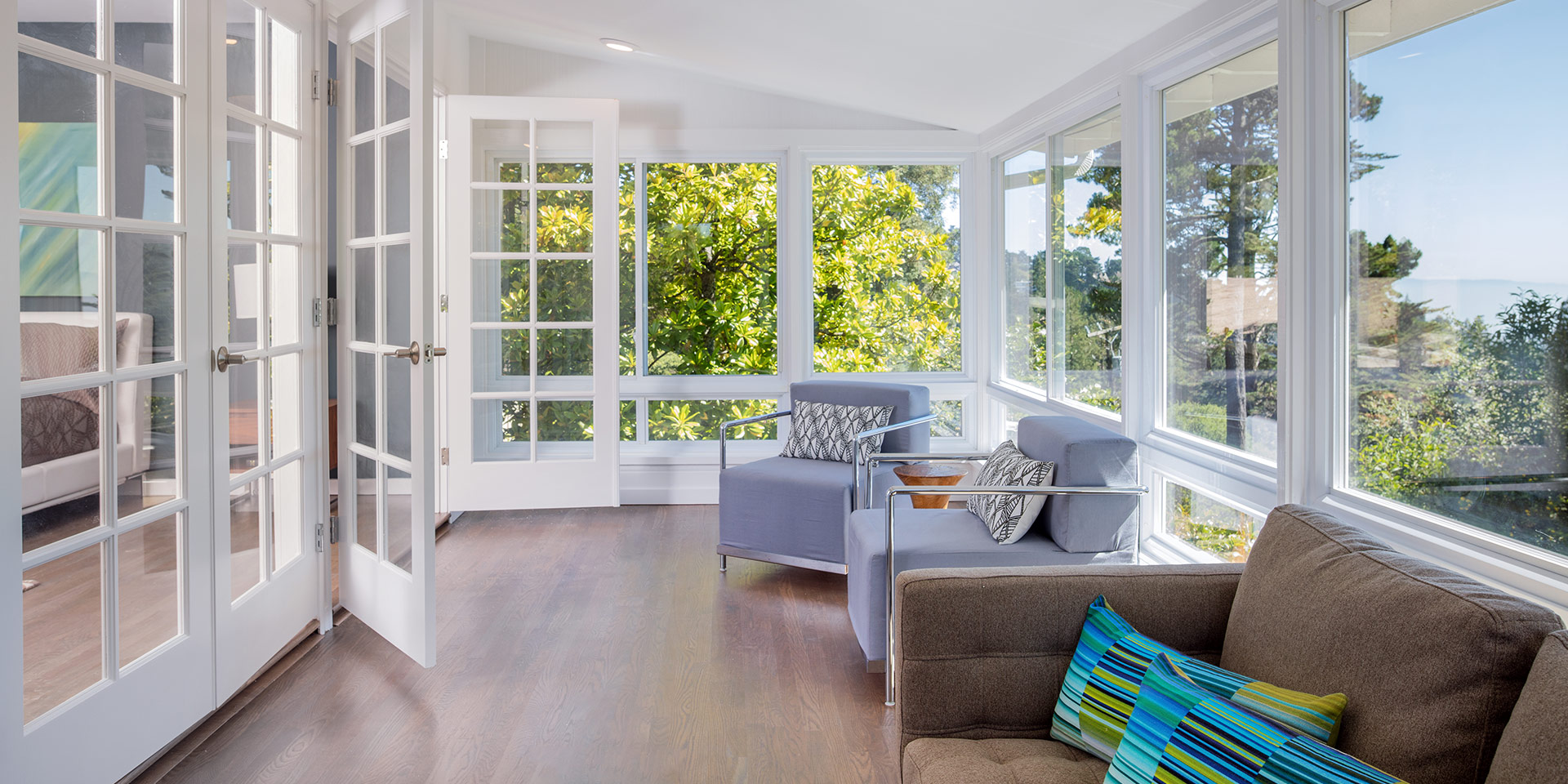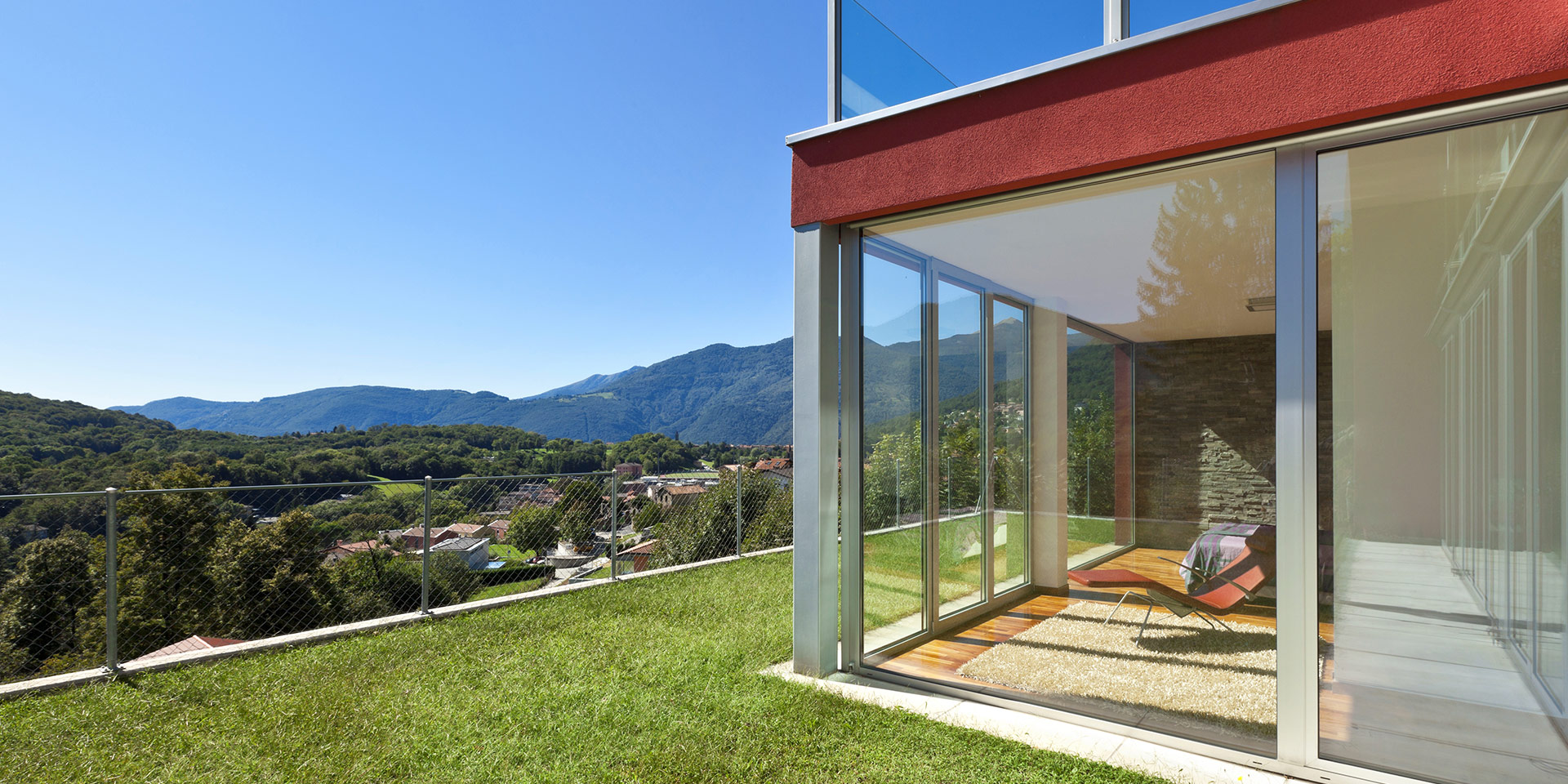How provide shading for your winter garden so that it is warm, well-lit and comfortable
In order to be able to spend time in the winter garden all year round, you need to design it well and provide it with shading. Continue reading to find out which cardinal direction is the best for your winder garden and what is the best way to provide the garden with shading.

Cardinal directions are important when planning a winter garden
If you have chosen to orient your winter garden facing north, you don’t have to worry about shading. Since the sun does not provide much light from the north, for example, inner pleated fabric blinds to dim and disperse light will be enough. However, keep in mind the cost of heating elements because a north-facing winter garden is cold outside summer months.
If the garden is facing west, you need good shading – especially because of afternoon hours when the sun shines the most. External blinds or roller shutters, for example, which cool the interior and prevent the winter garden from becoming a greenhouse, are suitable for use here.
If you build in the south, the shading is even more important and you will definitely need air-conditioning in summer. The situation is better with a garden facing east, where the sun is not very strong in the morning, but the garden will be colder in the evening.
To give you as little concern as possible with shading, cooling, and heating, we recommend building the winter garden facing south-east to provide you with an ideal combination of light, heat, and shade.

External shading is the best solution for most winter gardens
A winter garden is mostly made of glass or plastic sheets, which allow the space to warm up and cool quickly. Maintaining a constant temperature in the garden is difficult, but external shading help a lot in this regard.
Focus on the roof first, provide it with shading, for example, using:
- a shelter,
- an awning,
- or a sunbreaker.
Continue by providing shading for the sidewalls; external blinds are great for this purpose, preferably a variant with a sun sensor. If there is strong sunlight, the blinds close, reflect most of the heat, and reduce the temperature inside by several degrees Celsius. They function as partial thermal insulation in winter.
If you feel aluminium external blinds are too cold, choose external textile screens, which also have a cooling effect, but give off a warmer impression. If you still feel that the garden is not comfortable, add internal pleated blinds to the external shading.
Do not forget about air conditioning and heating
In addition to the shading, consider air conditioning in the design of the winter garden as well, you will especially appreciate it in summer, when the winter gardens tend to overheat despite the external shading. If you incorporate air conditioning in the design phase, you will avoid problems with its installation later.
A winter garden should not lack heating elements. Select heating based on the size of the garden and on how frequently you want to use the garden. If it is not possible to install a heating element, use the air conditioning for heating.
If you need help with the shading of a winter garden, please contact our partners, they will be happy to help you choose.



